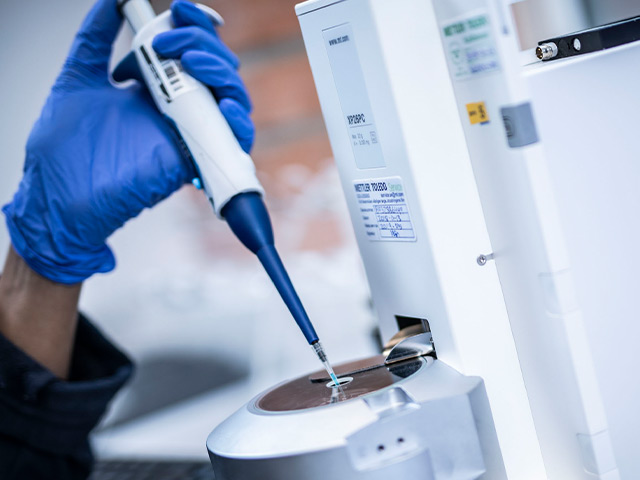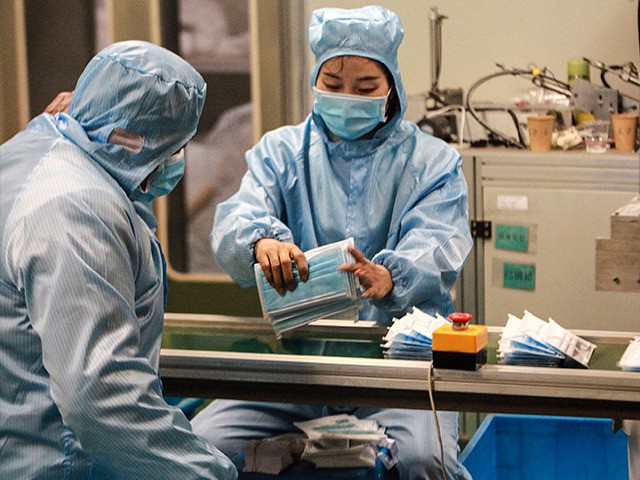Materials in Medical Supply Production
In recent years, there has been a growing concern about the environmental impact of various industries, including healthcare. With the rise of climate change and environmental degradation, the need for sustainable practices has become more pressing than ever. One area that has garnered significant attention is the production of medical supplies and equipment. Traditional materials used in these products often contribute to pollution and waste accumulation. However, there is a promising solution on the horizon: biodegradable materials.
The Problem with Traditional Medical Supply Production
Conventional medical supplies are typically made from materials such as plastics, metals, and synthetic fibers. While these materials have their advantages in terms of durability and functionality, they also pose significant environmental challenges. Plastics, in particular, are a major source of pollution, with millions of tons ending up in landfills and oceans every year. Moreover, the production of these materials often involves the use of fossil fuels and harmful chemicals, further exacerbating environmental damage.
Introducing Biodegradable Materials
Biodegradable materials offer a sustainable alternative to traditional plastics and other non-biodegradable substances. These materials are designed to break down naturally over time, reducing the amount of waste generated and minimizing harm to the environment. In the context of medical supply production, biodegradable materials can include plant-based polymers, natural fibers, and compostable plastics.
Advantages of Biodegradable Medical Supplies
Environmental Sustainability
One of the primary benefits of using biodegradable materials in medical supply production is their positive impact on the environment. Unlike traditional materials that persist in the environment for hundreds of years, biodegradable materials decompose relatively quickly, returning nutrients to the soil and reducing pollution.
Reduced Waste
By using biodegradable materials, healthcare facilities can significantly reduce their contribution to waste accumulation. Medical supplies such as single-use gloves, syringes, and packaging often end up in landfills after use, where they can take centuries to decompose. Biodegradable alternatives, on the other hand, break down much faster, easing the burden on waste management systems.
Health Benefits
In addition to environmental advantages, biodegradable medical supplies may also offer health benefits for both patients and healthcare workers. Traditional plastics can contain harmful chemicals such as phthalates and bisphenol A (BPA), which have been linked to various health issues, including hormonal imbalances and reproductive disorders. By switching to biodegradable materials, healthcare facilities can minimize the risk of exposure to these toxins.
Challenges and Considerations
While the use of biodegradable materials holds great promise for improving the sustainability of medical supply production, there are several challenges and considerations that need to be addressed:
Performance and Durability
One concern with biodegradable materials is their performance and durability compared to traditional materials. Medical supplies must meet strict standards for safety and efficacy, and any new materials introduced into the market must undergo rigorous testing to ensure they meet these requirements.

Cost
Another consideration is the cost associated with biodegradable materials. At present, biodegradable alternatives may be more expensive to produce than their non-biodegradable counterparts, making them less accessible to healthcare facilities, particularly those operating on tight budgets. However, as demand for sustainable materials grows and technology advances, the cost differential is likely to decrease.
Recycling and Composting Infrastructure
Proper disposal of biodegradable medical supplies is essential to realizing their environmental benefits. However, many regions lack the necessary infrastructure for recycling or composting these materials. Healthcare facilities may need to invest in specialized waste management systems or work with local authorities to ensure that biodegradable supplies are disposed of properly. If you enjoyed this article about materials in medical supply production then visit Brighton Journal for more interesting articles.
The Way Forward
Despite these challenges, the shift towards biodegradable materials in medical supply production represents a significant step towards a more sustainable healthcare industry. By investing in research and development, supporting innovation, and collaborating with stakeholders across the supply chain, we can accelerate the adoption of biodegradable materials and pave the way for a healthier planet and population.
In conclusion, exploring biodegradable materials in medical supply production offers a promising solution to the environmental challenges facing the healthcare industry. By embracing sustainability and prioritizing the use of eco-friendly materials, we can reduce waste, minimize pollution, and promote the well-being of both people and the planet.
